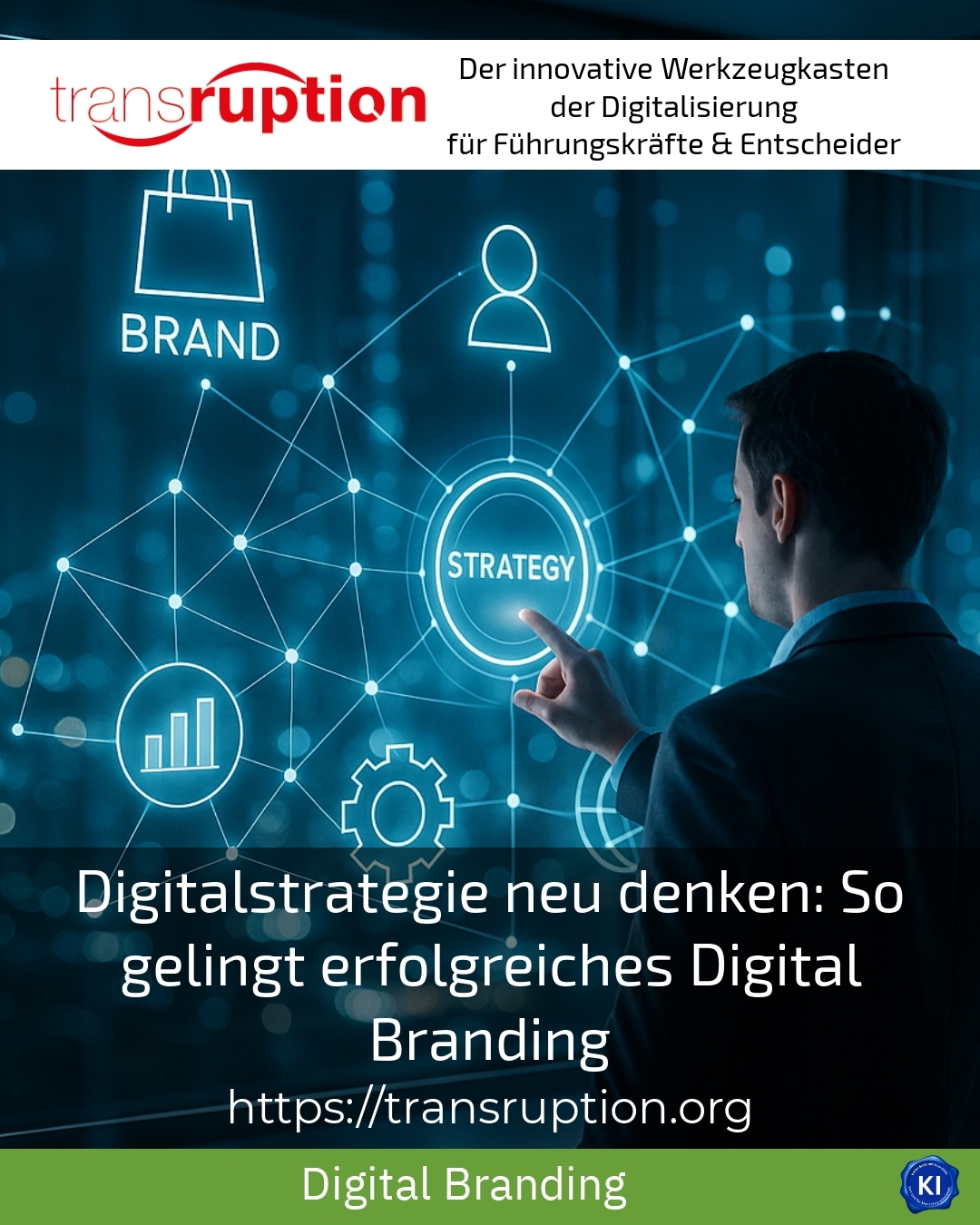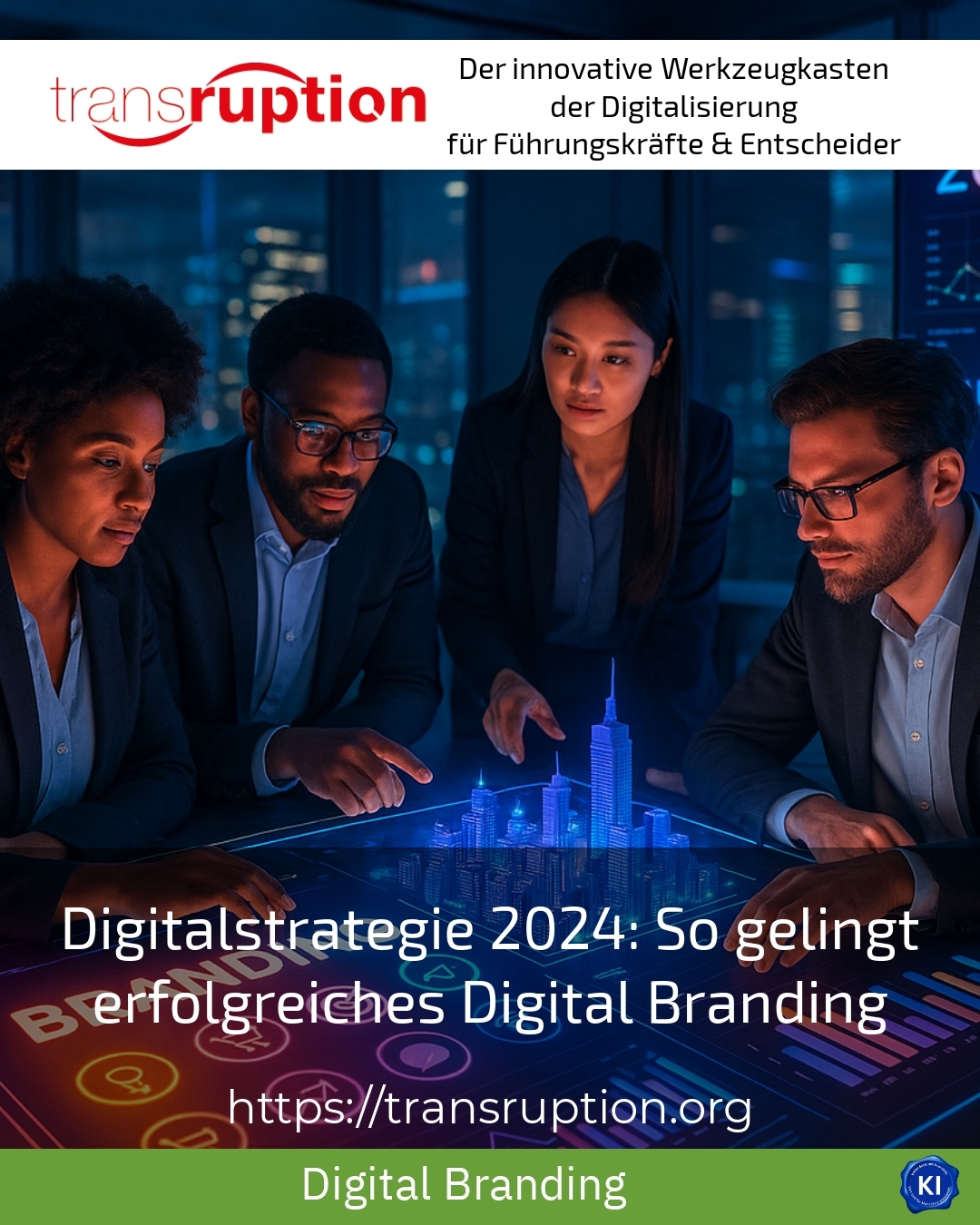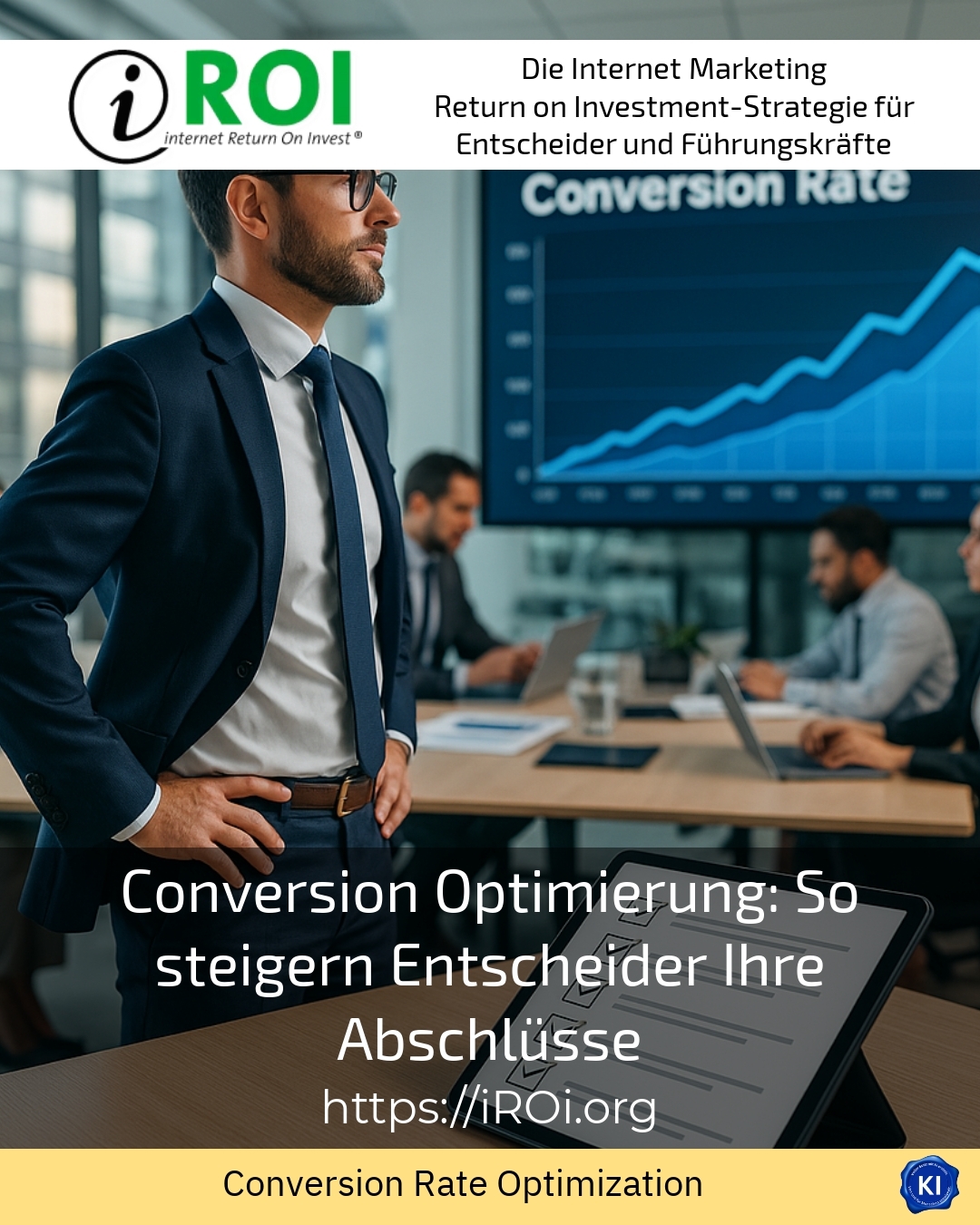Conversion optimisation as a strategic companion for decision-makers
In digital customer approach projects, decision-makers often need support in order to increase their sales. Conversion optimisation can provide valuable support by changing perspectives, providing impetus and preparing suitable measures. The focus is not only on attracting visitors, but also on leading them to the target behaviour in the long term - for example, to complete a purchase, make contact or sign up for a newsletter. The focus here is on clear goals, precise analysis of the customer journey and continuous adjustments.
Use targeted conversion optimisation in everyday operations
One of the key challenges that decision-makers face is the question of how numerous website visitors can be successfully converted into sales. Conversion optimisation supports this with a structured approach. Firstly, measurable goals are defined, such as an increase in sales or a higher newsletter subscription rate. Then the status quo needs to be recorded - where do potential customers leave the site or where do they face obstacles? Specific measures are derived from this, such as optimising landing pages, simplifying forms or strengthening call-to-actions. Clients often report that A/B tests provide valuable insights, especially when selecting headlines, button colours or form fields, and lead to a higher completion rate.
BEST PRACTICE at company XYZ (name changed due to NDA contract) Through targeted monitoring of the customer journey, a medium-sized B2B company was able to determine that most prospective customers drop off on a specific product page. After a simple redesign of the page, with a stronger focus on benefit arguments and a clearer call to action, the completion rate increased measurably. In addition, targeted follow-up emails were introduced to further support the conversion.
In the industrial sector, conversion optimisation can be seen, for example, with manufacturers from the mechanical engineering or electrical engineering sectors. Here, complex products are often offered where decision-makers require additional information. Conversion optimisation can provide suitable support by improving the digital dialogue and interaction on the website, for example through chat functionalities or interactive product configurators. This makes it possible to actively guide potential customers and support them in the decision-making process.
Technical and content-related aspects of conversion optimisation
In addition to strategic support, technical implementation plays a major role. High page performance is crucial in order to increase conversion. Loading times must be optimised and user guidance designed intuitively. Mobile optimisation is essential, as more and more decision-makers are researching on mobile devices. Content should be relevant, well-structured and tailored to the search intentions of the target group. In combination with design elements such as appealing images or convincing testimonials, this can strengthen the basis of trust.
BEST PRACTICE at ABC (name changed due to NDA contract) A software provider realised that the registration process was too long and cumbersome. By introducing a multi-stage form with clear intermediate steps and a progress indicator, the conversion rate increased significantly. In addition, the inclusion of customer testimonials and support chat functions helped to clarify any outstanding questions directly.
In the e-commerce sector in particular, conversion optimisation provides support by adapting product pages, optimising the shopping basket and payment processing. This often makes it possible to reduce the checkout cancellation rate and thus improve sales. Personalised offers or targeted remarketing measures can also bring additional benefits here.
Methodological support and continuous improvement
New questions and challenges often arise when implementing conversion optimisation. This is where transruptions coaching can play a helpful role. It supports decision-makers in recognising bottlenecks in conversion at an early stage, proceeding methodically and making adjustments based on data. Such support also provides input - be it on alternative approaches, the optimisation of A/B tests or the prioritisation of measures in the project process.
BEST PRACTICE at an agency for digital services (name changed due to NDA contract) The agency utilised the support of a consultant to increase customer focus during a relaunch. Regular workshops and an analysis of user data made it possible to identify conversion levers and provide tips for technical development. The result was a measurable increase in conversion rates and improved input for marketing and sales.
This shows that conversion optimisation is rarely a one-off project. Rather, it is a continuous process that addresses strategy, technology and content in equal measure. Decision-makers benefit from support that provides impetus, explains practical solutions and helps them prioritise the various tasks.
My analysis
In practice, decision-makers are looking for pragmatic support in conversion optimisation. They don't need empty promises, but clear guidance in order to implement targeted projects. Conversion optimisation helps to change digital offers in such a way that users are better picked up and led to sales. A methodical approach that takes both technical and content-related factors into account is crucial. Coaching support can provide impetus and actively involve clients in optimising measures. The results speak for themselves: more and better sales are generated without complicated promises being made.
Further links from the text above:
[1] Top 10 Conversion Rate Optimisation Best Practices for 2025
[2] SEO & conversion rate optimisation are connected - OMR
[4] 15 Best Practices for Effective Conversion Rate Optimisation
[5] Conversion rate optimisation 2023: Guide + Tips - seonative
[8] Conversion optimisation through SEO - Our offer - ABAKUS
For more information and if you have any questions, please contact Contact us or read more blog posts on the topic TRANSRUPTION here.
















